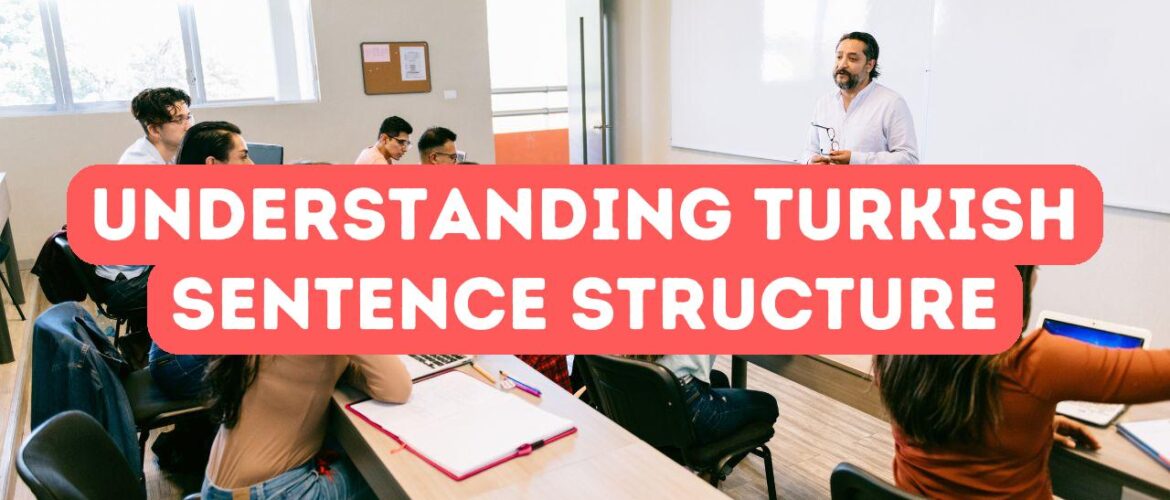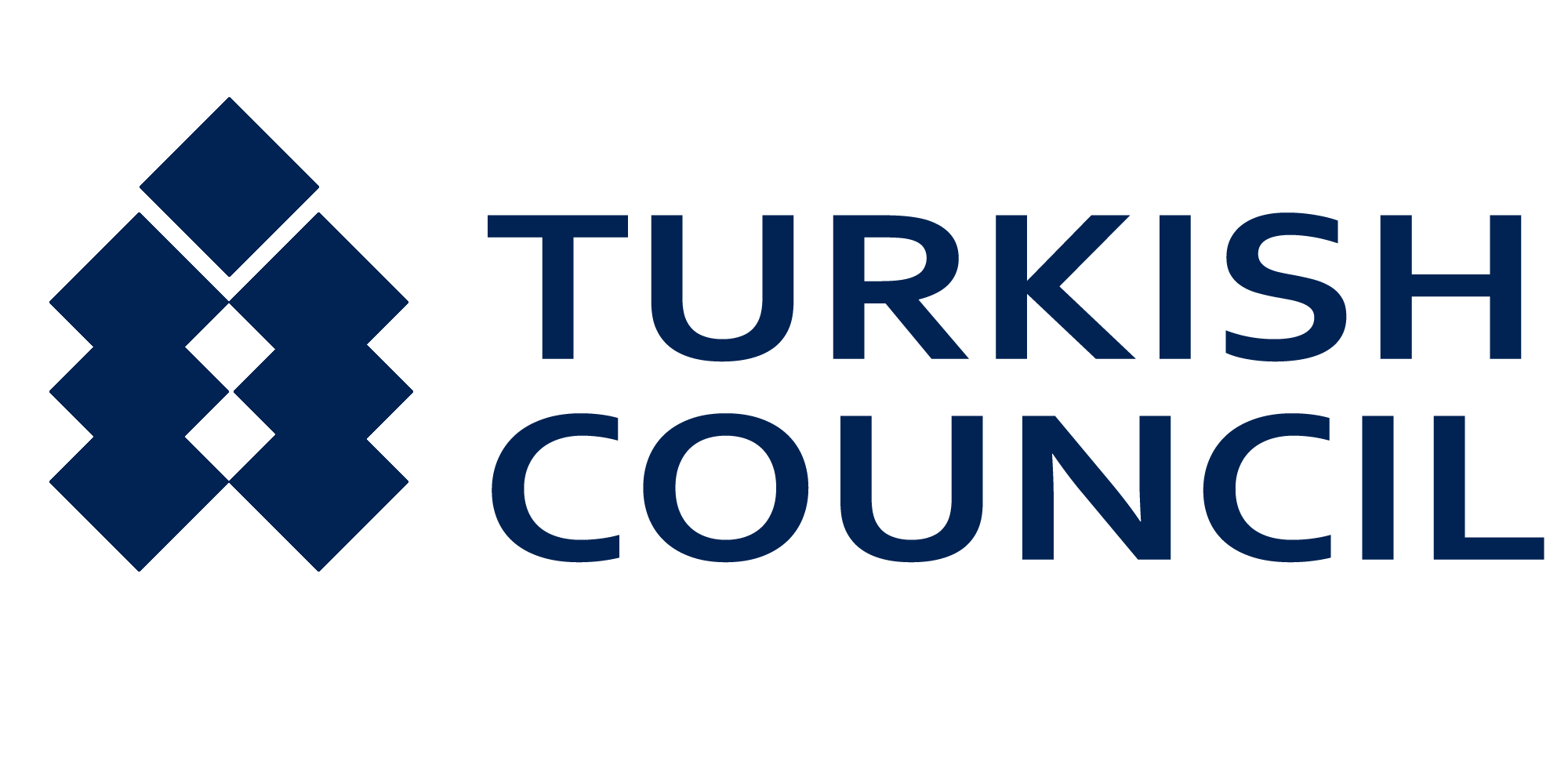Blog
Understanding Turkish Sentence Structure
- August 11, 2024
- Posted by: Burak Ünal
- Category: Turkish Language

Understanding Turkish sentence structure is a fundamental step for anyone aspiring to gain proficiency in the Turkish language. At Turkish Council, we provide comprehensive courses tailored specifically for foreigners aiming to master this beautiful and unique language. Turkish, classified under the Turkic language family, boasts an agglutinative structure, infusing complexity and elegance into its sentence construction. By breaking down this system into manageable components, our expert instructors facilitate the learning process, enabling students to form coherent and grammatically accurate sentences. Grasping the essentials of verb placement, subject-object order, and the use of suffixes can significantly enhance your communication skills and deepen your appreciation for Turkish culture. Join us at Turkish Council to navigate the intricacies of Turkish sentence structure, paving your path to linguistic fluency and cultural immersion.
The Basics of Turkish Syntax
In Turkish, the basic sentence structure follows a Subject-Object-Verb (SOV) order, differing significantly from the Subject-Verb-Object (SVO) order common in English. This means that the verb typically comes at the end of the sentence. For instance, in the sentence “Ben kitap okudum” (I read a book), “ben” (I) is the subject, “kitap” (book) is the object, and “okudum” (read) is the verb. This structure can initially seem challenging to English speakers, but once understood, it provides a clear and logical framework that simplifies sentence construction. By mastering this fundamental syntax, you lay the foundation for more advanced language skills, allowing for effective communication and deeper interaction with native Turkish speakers.
In addition to the SOV structure, Turkish employs various suffixes to convey meaning and grammatical relationships, replacing the prepositions and auxiliary verbs often used in English. These suffixes are added to the root words and can indicate tense, possession, plurality, and even question forms. For example, adding the suffix “-de” to “kitap” transforms it into “kitapta,” meaning “in the book.” This feature not only condenses the language but also makes it highly expressive. Understanding the role and proper application of these suffixes is crucial for constructing precise and meaningful sentences. At Turkish Council, our expert instructors focus on teaching these suffixes systematically, ensuring that students grasp their usage in context, thus enhancing their overall language proficiency.
Another unique aspect of Turkish syntax is vowel harmony, which dictates that the vowels within a word must harmonize to maintain a consistent sound pattern. This rule affects the suffixes that are attached to root words, as they must conform to the vowel qualities of the root word. For example, in the word “ev” (house), when adding the suffix for possession, it can become “evim” (my house), following the front vowel harmony. Conversely, “kitap” (book) will take the suffix “kitabim” (my book), adhering to back vowel harmony. Such rules may seem intricate to learners at first, but they play a crucial role in ensuring the fluidity and natural rhythm of the language. At Turkish Council, we emphasize these phonetic patterns to help students intuitively apply them, thereby enhancing their conversational fluency and ability to construct linguistically sound sentences.
Mastering Verb-Subject-Object Order
In Turkish sentence structure, mastering the Verb-Subject-Object (VSO) order is crucial for achieving fluency and coherence. Unlike English, where the typical order is Subject-Verb-Object (SVO), Turkish often places the verb at the end of the sentence. For example, in the sentence “Ali kitap okuyor” (Ali is reading a book), “Ali” (the subject) comes first, followed by “kitap” (the object), and “okuyor” (the verb) at the end. This structure may initially seem daunting, but understanding it can significantly enhance your ability to construct and comprehend Turkish sentences accurately. At Turkish Council, our courses focus on teaching you this fundamental aspect through practical exercises and real-life examples, ensuring you can navigate Turkish conversations with confidence and ease.
One of the key benefits of mastering the Verb-Subject-Object order in Turkish is the clarity it brings to sentence construction. This structure not only emphasizes the verb’s role in conveying the main action but also reduces ambiguity by clearly delineating the subject and object within the sentence. By consistently placing the verb at the end, Turkish not only communicates the action effectively but also allows for a hierarchical presentation of information, enriching the listener’s or reader’s understanding. At the Turkish Council, our curriculum emphasizes extensive practice and contextual learning to help students internalize this order naturally. Through interactive lessons and continuous reinforcement, you will become adept at forming coherent sentences, thus enhancing both your written and spoken Turkish.
Additionally, understanding and consistently applying the Verb-Subject-Object order can significantly improve your ability to engage in more advanced Turkish conversations and comprehend complex sentences. Once you grasp this structure, you will find it easier to interpret Turkish literature, media, and everyday dialogues. This foundational knowledge opens up a deeper appreciation for the nuances and richness of the Turkish language, allowing you to express thoughts and ideas more precisely. At Turkish Council, our holistic approach ensures that you not only learn the grammatical rules but also develop the intuitive skills necessary for fluent communication. With our expert guidance and tailored teaching methods, mastering Turkish sentence structure will become a seamless and rewarding experience.
Common Pitfalls in Turkish Sentence Formation
One common pitfall in Turkish sentence formation is the improper use of verb conjugation patterns. Unlike many Indo-European languages, Turkish verbs change form to convey tense, mood, and sometimes even subjects within a single word. This agglutinative nature can be overwhelming for learners, leading to mistakes such as incorrect suffix attachment or inappropriate tense usage. At Turkish Council, we emphasize understanding these conjugation rules and their applications through practical exercises and real-life scenarios. Mastery over these intricate verb forms not only ensures grammatical accuracy but also enriches your ability to express nuanced ideas and emotions in Turkish.
Another common pitfall lies in the order of sentence elements, as Turkish employs a Subject-Object-Verb (SOV) structure, which is quite different from the Subject-Verb-Object (SVO) order found in English and many other languages. This can cause confusion and result in sentences that sound awkward or are outright incorrect. At Turkish Council, we take a systematic approach to teaching this aspect by breaking down sentence structures into simple, understandable segments. By practicing and internalizing these patterns, learners gain confidence in constructing sentences that flow naturally in Turkish, thus minimizing errors and enhancing overall communication skills.
Misuse of suffixes is another frequent challenge for learners of Turkish. In Turkish, suffixes are used to convey a range of grammatical elements such as possession, plurality, and even the relationship between words in a sentence. These suffixes attach directly to the root words, altering their meaning and function. For beginners, it can be daunting to remember and correctly apply the multitude of available suffixes, leading to mistakes like mismatched plural forms or incorrect case endings. At Turkish Council, our curriculum places a strong emphasis on understanding and using these suffixes correctly. Through interactive exercises and targeted practice, students learn to navigate this complex aspect of Turkish grammar with ease, thereby improving their overall language proficiency and ability to communicate effectively.
- Buy Our Online Turkish Language for Beginners: https://courses.turkishcouncil.org/courses/learn-turkish-a1/
- Visit Turkish Council for Turkish Course Visa Invitation Letter: https://www.turkishcouncil.org
- Visit Turkey Residence Agency for Your Immigration Requests: https://www.residentturkey.com
- Visit Gordion Partners for Investment in Turkey: https://www.investment.com.tr
- Visitez Campus Turquie si vous parlez français: https://www.campusturquie.org
Disclaimer: This article is for general informational purposes only and you are strongly advised to consult a professional to evaluate your education. No liability is accepted that may arise from the use of the information in this article.
